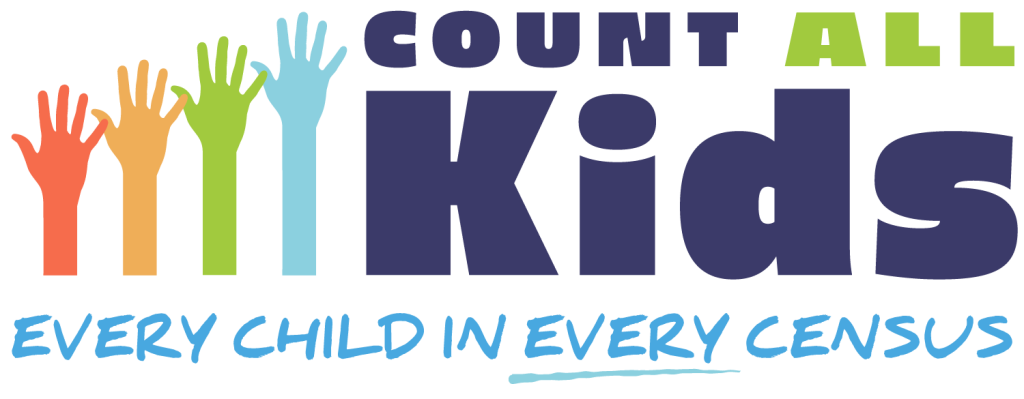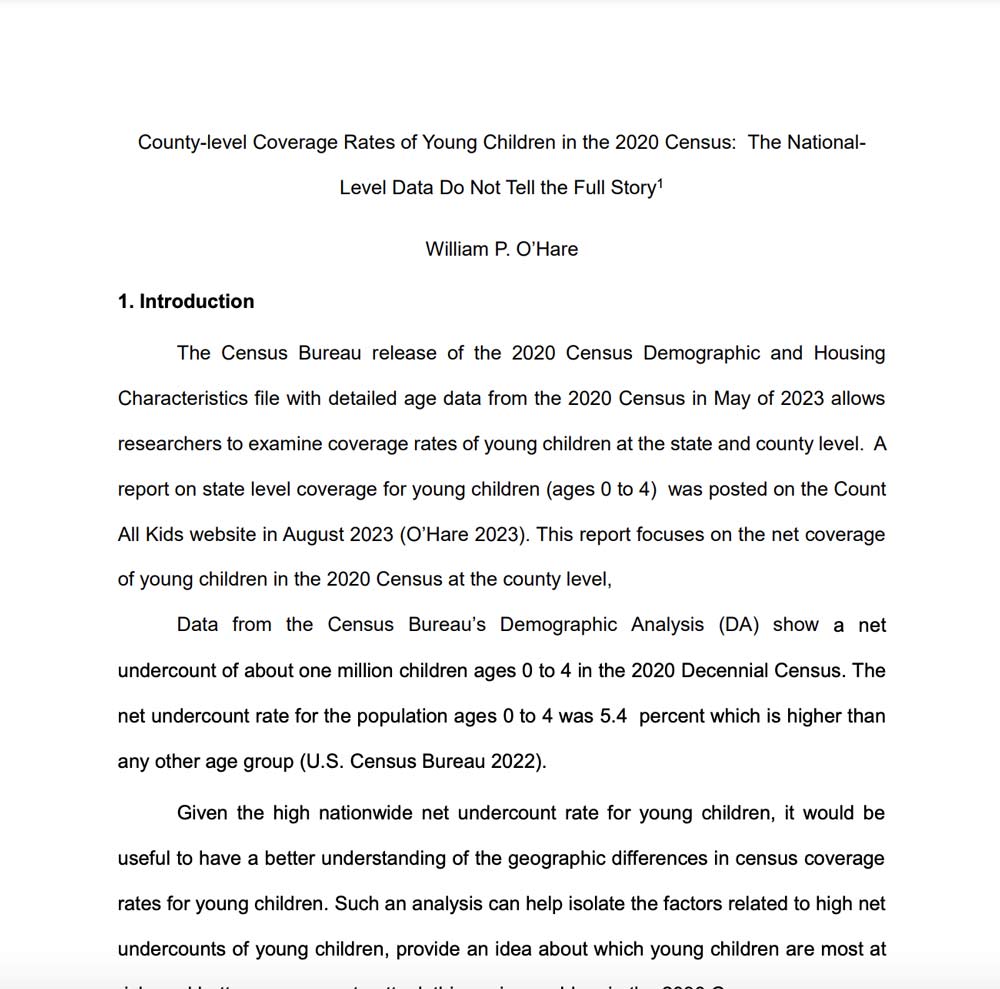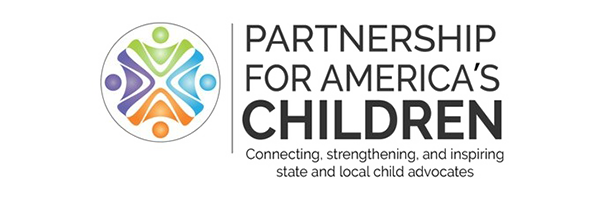The Census Bureau release of the 2020 Census Demographic and Housing
Characteristics file with detailed age data from the 2020 Census in May of 2023 allows
researchers to examine coverage rates of young children at the state and county level. A
report on state level coverage for young children (ages 0 to 4) was posted on the Count
All Kids website in August 2023 (O’Hare 2023). This report focuses on the net coverage
of young children in the 2020 Census at the county level… Download the full report here.









